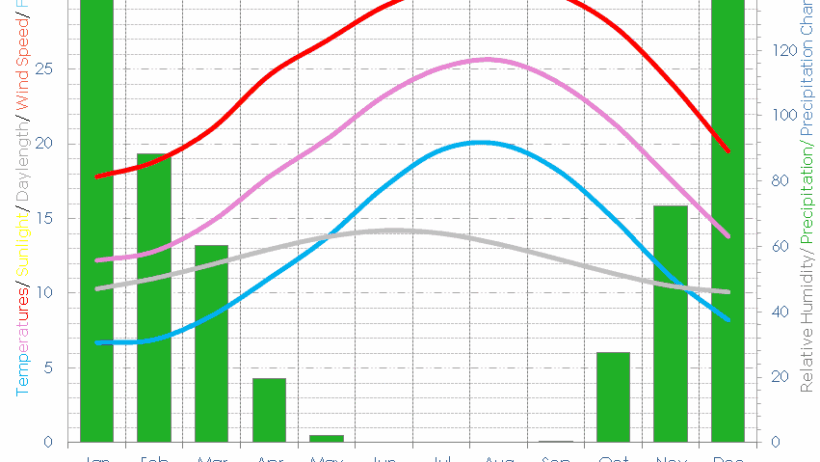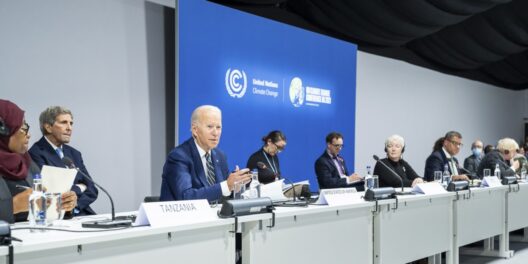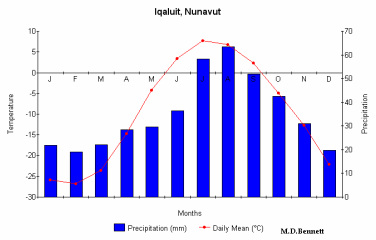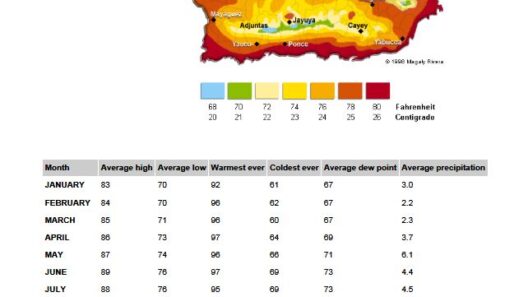Israel, a small but geographically diverse nation, presents an intriguing tapestry of climates that influence both its landscapes and its inhabitants. With its unique topography, the climate can dramatically shift from the arid desert regions in the south to the temperate Mediterranean coast in the west. The dichotomy invites one to ponder: how can such a compact area encapsulate such contrasting meteorological phenomena? This leads to a significant challenge: how does Israel balance its environmental needs in the face of climate change while navigating the intrinsic complexities of its diverse climate zones?
To gain a comprehensive understanding of Israel’s climate, one must first delve into the dominant climatic regimes that shape the land. Israel’s climate can be broadly categorized into two distinct zones: the Mediterranean climate prevalent along the coastal plains and the semiarid to arid conditions dominating the interior and southern regions. This juxtaposition will be explored in further detail.
Along the Mediterranean coast, one finds a temperate climate characterized by wet winters and dry, warm summers. The coastal cities like Tel Aviv and Haifa experience mild temperatures, averaging around 30°C (86°F) in summer, and a more temperate range of 10°C to 15°C (50°F to 59°F) during the winter months. This coastal climate is influenced by the proximity of the Mediterranean Sea, which acts as a moderating factor, minimizing extreme temperature variations. The winter rains, which typically occur from November to March, provide critical nourishment for the region’s agriculture. The unique vineyards and olive groves flourish, highlighting the verdant potential of this seemingly bustling coastal terrain.
Transitioning slightly inland toward the central mountainous region, one encounters a semi-arid climate that presents its own set of challenges. Rainfall becomes scarcer, averaging between 400 to 600 millimeters (15.7 to 23.6 inches) a year. The temperatures experience a more pronounced fluctuation and tend to be less predictable, which can complicate agriculture and require innovative irrigation practices. Farmers must adapt their techniques to cope with these variations—herein lies the challenge. How can farmers optimize water usage in the face of diminishing rainfall?
As one ventures further south, the climate shifts notably to a pre-desert and then to a fully arid desert climate, particularly in the regions surrounding the Negev Desert. Here, annual rainfall can plummet to a mere 200 millimeters (7.9 inches) or even less, making life feats of ingenuity and perseverance. The temperatures soar in summer, often exceeding 40°C (104°F), while winter nights can plummet to near freezing, creating a significant thermal amplitude. Vegetation is sparse, dominated by hardy species such as acacia trees and various shrubs that have adapted to survive in this harsh environment.
In addressing the interplay between climate and resilience, one must consider the ecological ramifications of Israel’s climatic variances. The environment, with its delicate balance, faces severe pressures from urban development, agricultural practices, and climate change. The coastal regions may experience rising sea levels due to global warming, leading to increased salinity and erosion of coastal habitats. Meanwhile, the arid regions grapple with the encroachment of desertification, a process that threatens not only biodiversity but also the livelihoods of millions.
The Mediterranean forests, though rich in biodiversity, are under significant threat from accursed wildfires exacerbated by climate shifts. These forests are vital to maintaining ecological balance, fostering biodiversity, and supporting the tourism economy. The question beckons: how do we fortify these ecosystems while promoting sustainable forms of development?
Israel’s response to these pressing climatic challenges has been a mix of ingenuity and international collaboration. The introduction of cutting-edge agricultural technologies, such as drip irrigation and crop diversification, has sought to mitigate water scarcity and enhance food security. Community efforts to restore and revitalize ecosystems have also emerged, emphasizing the need for collective responsibility in biodiversity conservation.
The conversation surrounding Israel’s climate does not solely dwell in despair but ignites sparks of hope. The nation’s commitment to advancing renewable energy sources, particularly solar energy, is a crucial avenue for combating climate change. Given Israel’s abundant sunshine, solar farms increasingly dot the desert landscape, showcasing a transition toward sustainability. One must ask: can this burgeoning solar initiative serve as a model for other nations grappling with similar climatic conundrums?
Moreover, the cultural dimensions of Israel’s climate cannot be overlooked. The diverse climatic zones shape not only the physical landscape but also the social and cultural fabric of its people. From culinary traditions influenced by regional agriculture to festivals celebrating the seasonal changes, the climate enriches the human experience in manifold ways. How can these cultural connections to the land inspire more sustainable practices and awareness of environmental issues?
As Israel navigates the complexities of its dual climatic identity, it serves as both a case study and a beacon. The elaboration of policies promoting ecological resilience, coupled with grassroots movements advocating for change, illustrates a nation resilient in its efforts to adapt to climate intricacies. The ongoing dialogue on environmental stewardship invites all stakeholders—government, communities, and individuals—to partake in shaping a sustainable future for a climate-diverse Israel.
In conclusion, the climate of Israel reflects a microcosm of the planet’s climatic diversity. From the lively Mediterranean coast to the harsh desert interior, the relationships between these environments bolster the intricacies of living harmoniously within them. As the world faces escalating climate crises, Israel underscores the essential characteristic of adaptability. The call to action reverberates: how will you engage with the climate challenges facing our planet and your community?








